Sightseeing Spots
Search Results308
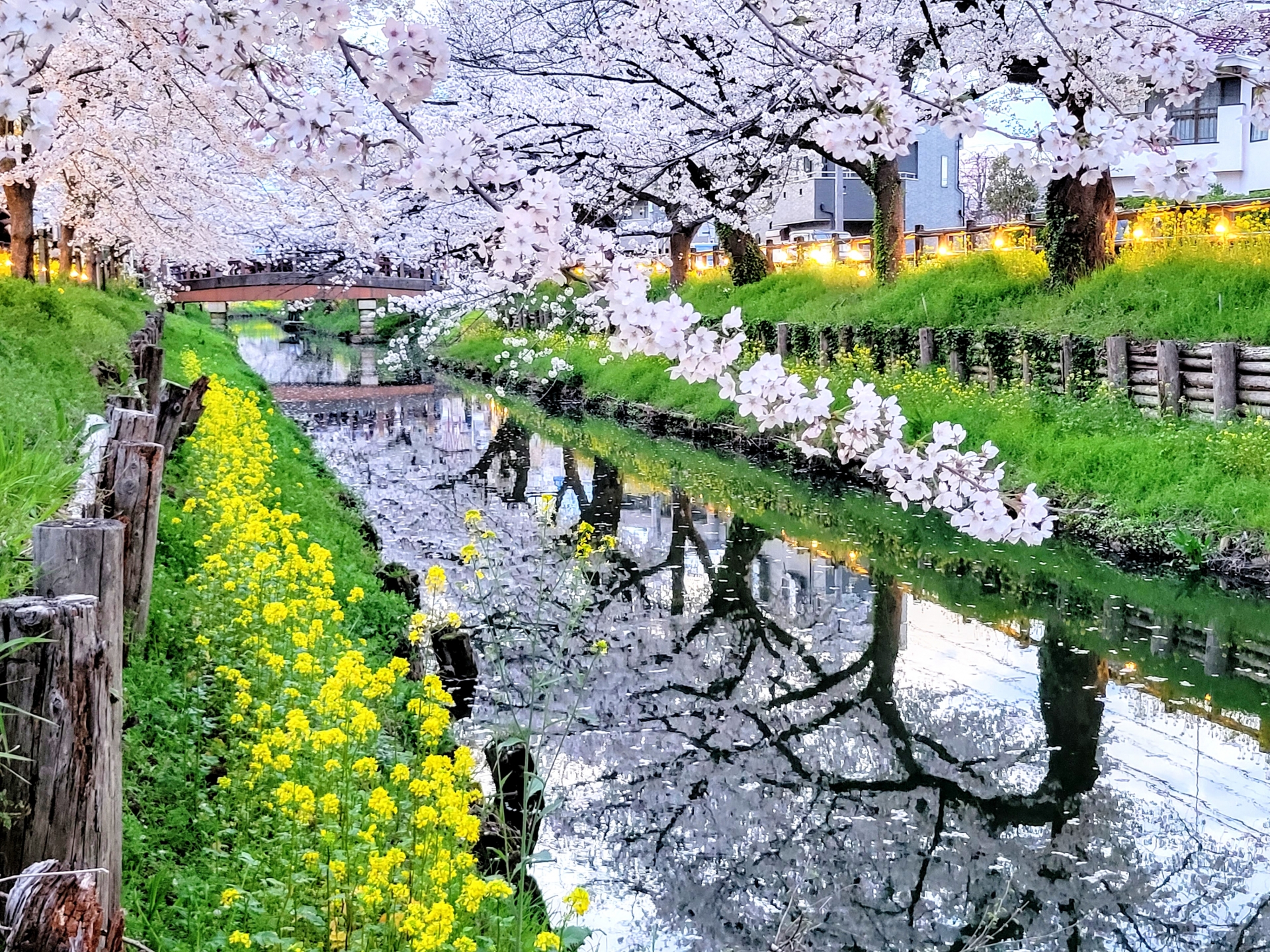
The "Little Edo Kawagoe Spring Sailing" is a Japanese cherry blossom viewing event held at the end of April, where visitors sail down the Shigashi River behind Kawagoe Hikawa Shrine to view 500 meters of cherry blossoms in full bloom. Sail along in a small Japanese-style boat enjoying the fully blooming sakura overhead with a flowing river of pink petals beneath you. It's a must-see for fans of the Japanese cherry blossom!
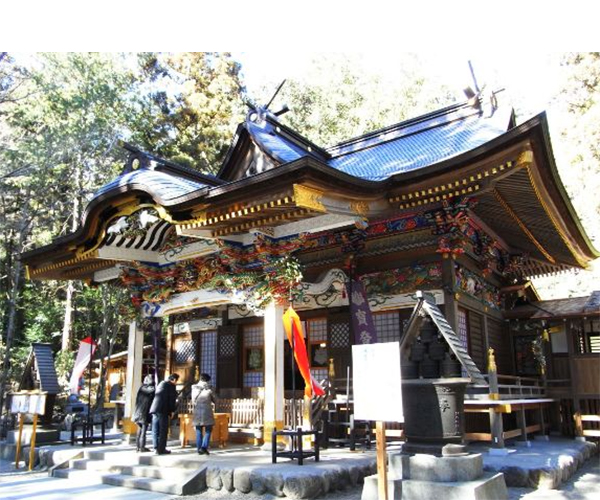
This shrine was said to be founded by Yamato Takeru, the 12th Emperor of Japan, around 2,000 years ago. The current main building of the shrine is Shinto-style architecture, where the main hall and worship hall share one roof and are connected by an intermediate passageway. The main shrine, hall of offerings, and hall of worship were rebuilt during the end of the Edo period to the early Meiji period. The shrine is said to protect from fires, theft, and pain. Not only do many worshipers come from the local area, but also from throughout Kanto region, with more than one million annual visitors.
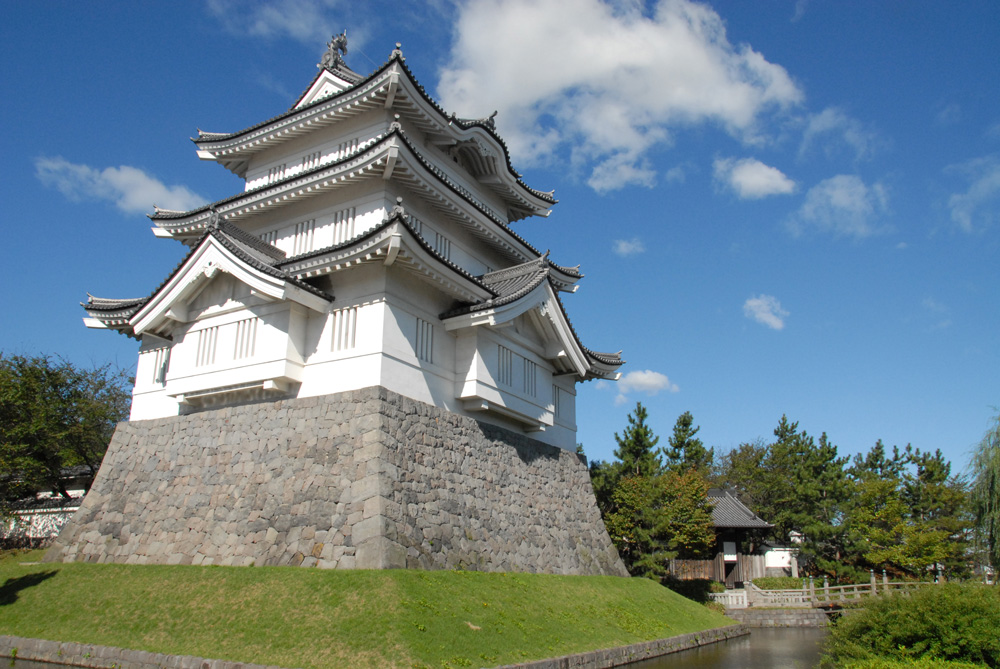
Oshi Castle is one of seven famous castles in the Kanto region, built during the civilization years of the Muromachi period. It is known as an “Uki-jō (Floating Castle),” as it is said to have endured the flooding of Ishida Mitsunari during Toyotomi Hideyoshi’s suppression of Kanto. The story of this castle was the model for the movie “Nobō-no-Shiro (The Floating Castle).” It is currently listed as one of Japan's Top 100 castles. The “Oshijyō Gosankaiyagura (Oshi Castle Three Story Turret)” was torn down during the Meiji period and rebuilt in 1988, with the inside turned into an exhibition room of the local museum, and a view of the entire city can be seen from the top floor.
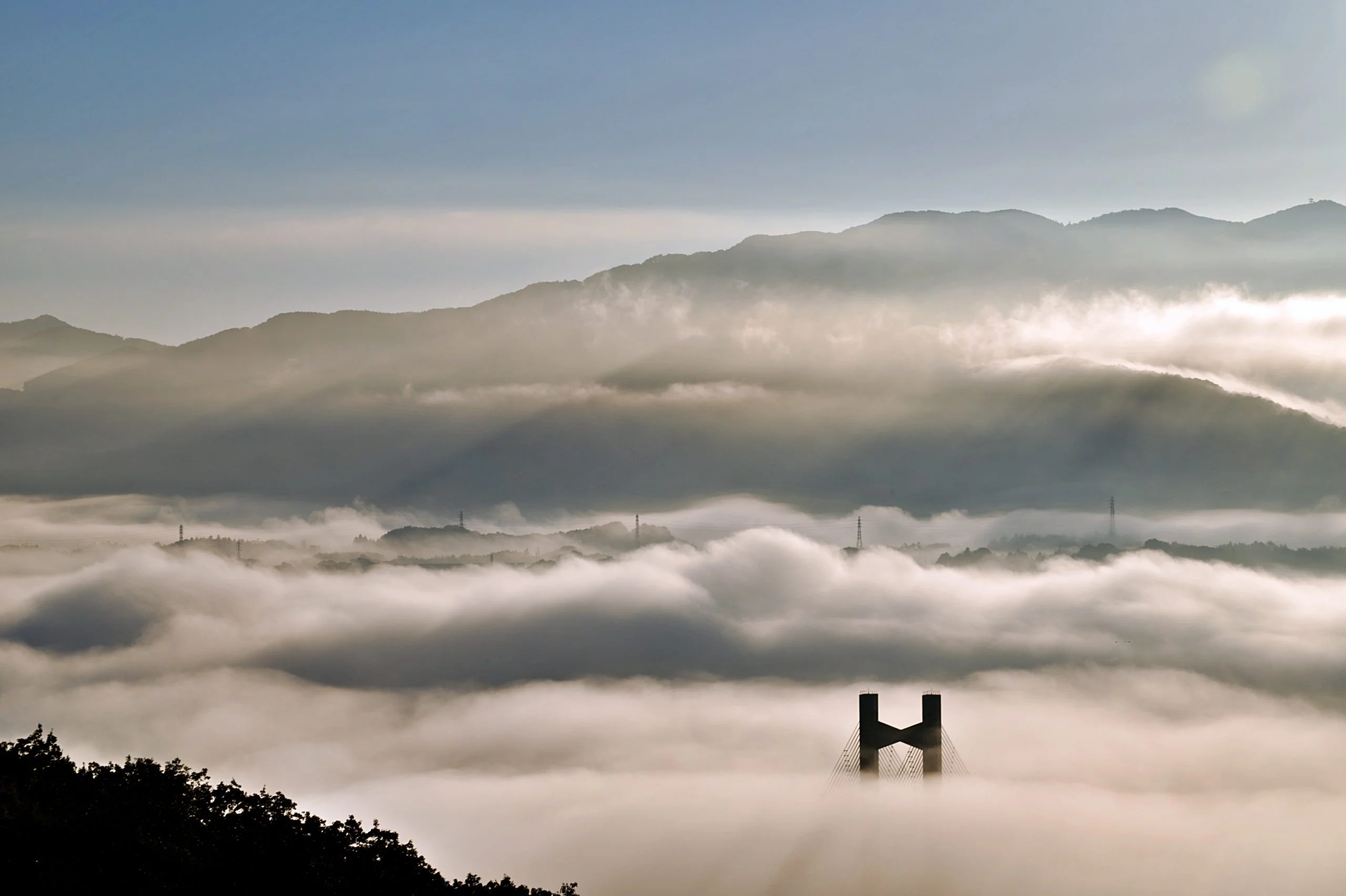
This park is situated in the rich nature of the Nagaonekyuryo mountains that straddle the border between Chichibu City and Ogano Town. This sprawling area of 375 hectares is divided into three themed zones, Forest of Sports, Forest of Music and Forest of Culture, with each area connected by a 3 km long "Sky Road." This park is best known as one of the best spots to view a breathtaking sea of clouds. The Chichibu area has the perfect conditions for a sea of clouds to form, due to the fog produced by radiative cooling in the Chichibu mountain area. If you get lucky, you may even be able to see the symbolic bridge of Chichibu appear to be floating above the clouds. Chichibu Muse Park has a variety of attractions, such as a music hall, an outdoor stage, Muse Fountain, a spacious garden, and sports facilities. Chichibu Muse Park is the perfect place to enjoy your day, surrounded by the beautiful changing seasons.
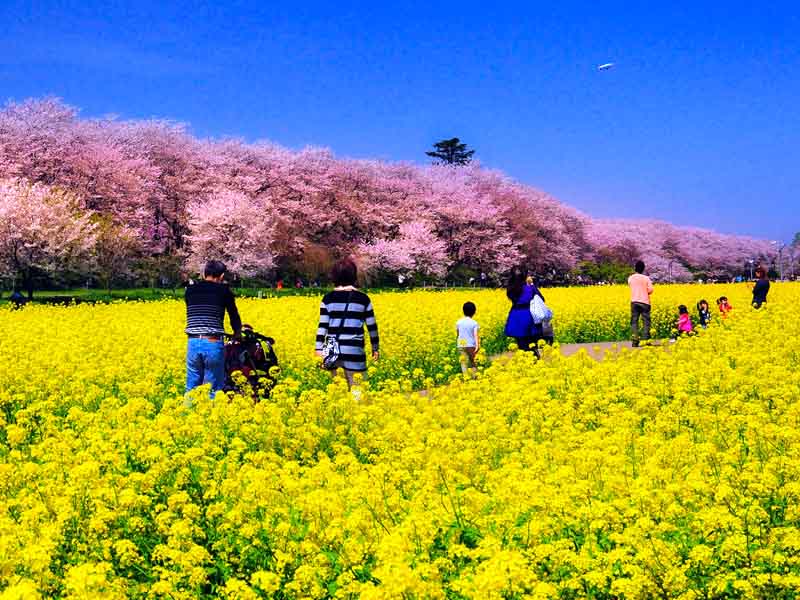
Gongendo Park is a hot spot for cherry blossoms, thanks to a 1 km stretch of 1,000 Yoshino cherry trees contrasting with beautiful yellow rapeseed flowers, and the park is filled with revelers every year. In addition, in June you can enjoy stunning hydrangea, in September the vivid red spider lily, and in January the charming white daffodils. A wonderful spot to visit, regardless of the season!
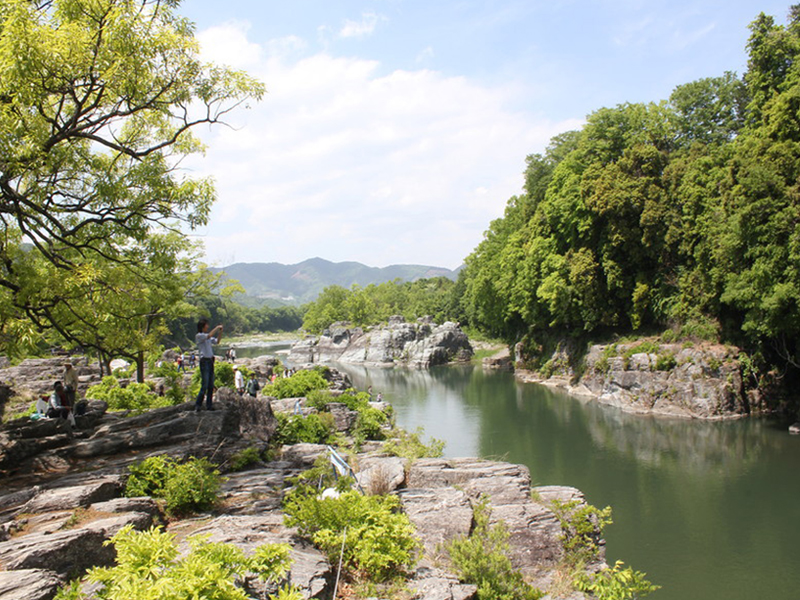
The Arakawa Line downstream boating in Chichibu Nagatoro allows you to ride upon the beautifully layered stone riverbed, which is designated as a national natural monument. It is a relaxing course with a couple of thrills along the way, but perfectly safe for children and seniors to enjoy as well. While listening to the boatman's entertaining speech, you can enjoy the cherry blossoms in the spring, the cool breeze in the summer, the beautiful colors of autumn, and the warmth of the kotatsu (heated table) boat in the winter. In other words, a perfect outdoor activity regardless of the season!
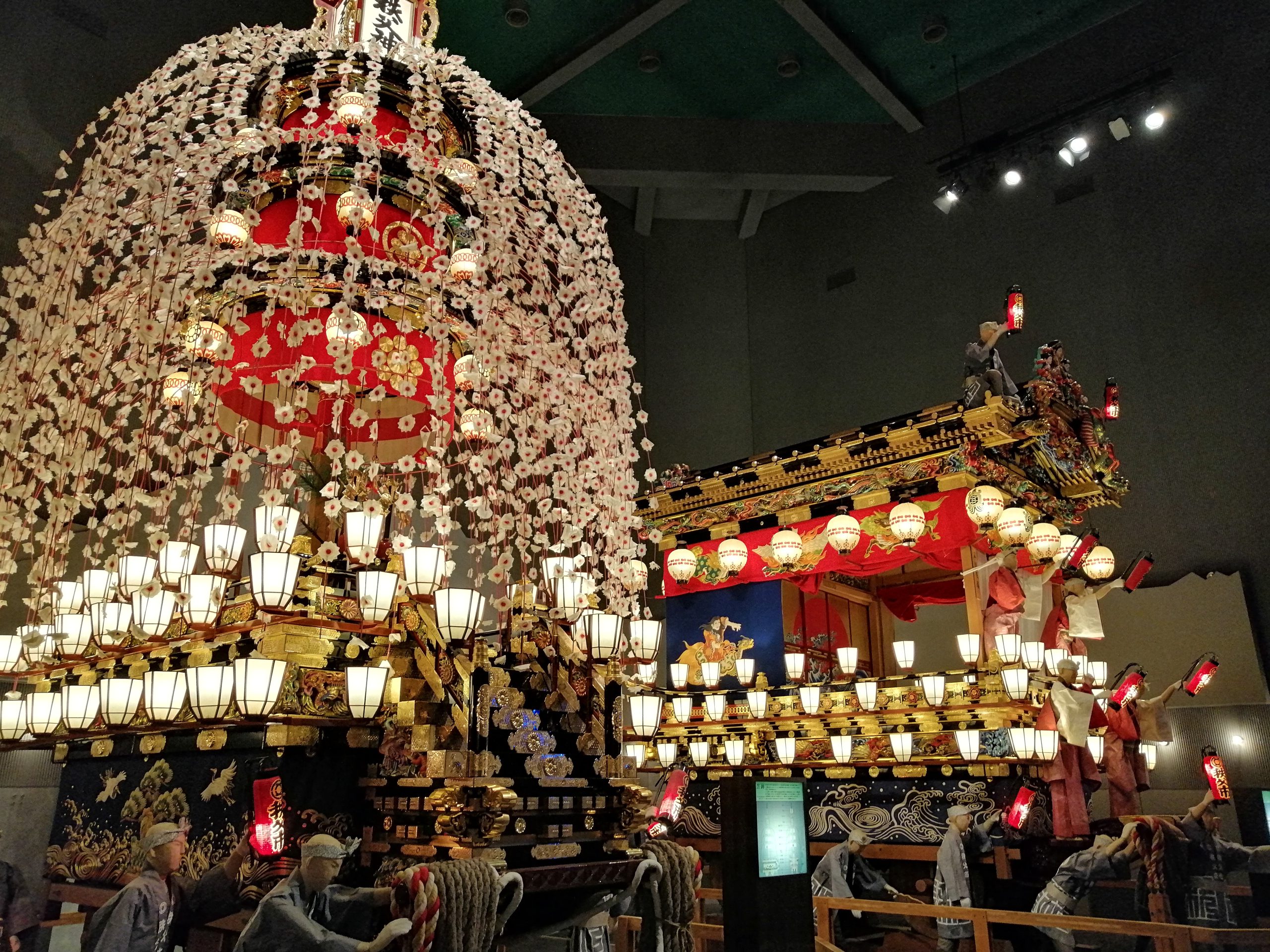
Chichibu Festival Museum exhibits materials related to the booths and kasaboko (combined umbrella and halberd carried on floats in some festivals) of the Chichibu night festival that takes place every year on the 2nd and 3rd of December. The booths, kasaboko, curtain, sculptures made by Shōwa’s master craftsmen are arranged in a design related to the Myōken belief. At noon, the lanterns are switched on to reproduce the night festival. Within the noise of the palatial Chichibu booth music, the luxurious booth and kasaboko can be seen right before your eyes.
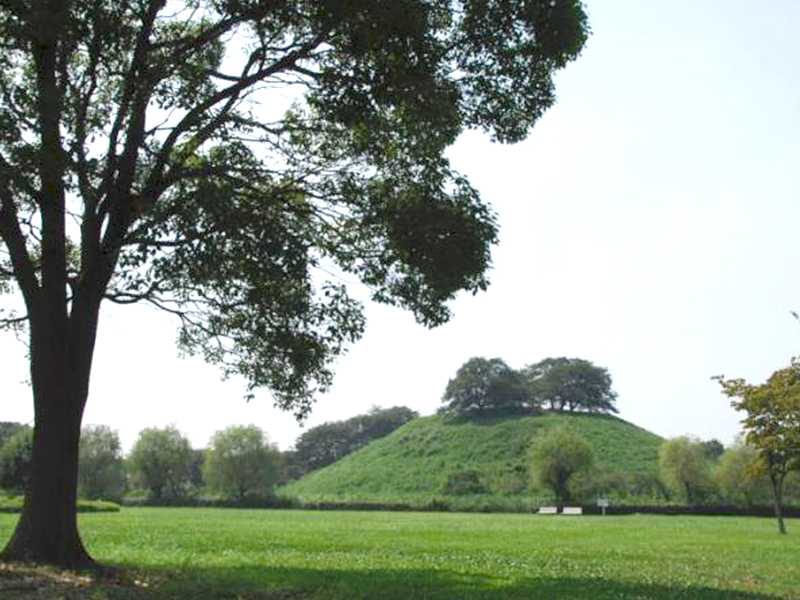
Sakitama Kofun Park is home to nine large megalithic tombs (kofun), such as the "Inariyama Kofun," where the national treasure the "Iron Sword with Golden Illusions" was excavated, and the largest kofun in Japan, "Maruhakayama Kofun," a popular cherry blossom spot. Gyoda City Sakitama, where the park is located, is also known as the origin of Saitama Prefecture's name (the characters for "Sakitama" are also read as "Saitama"), and you can see the stone monument commemorating this in the park.
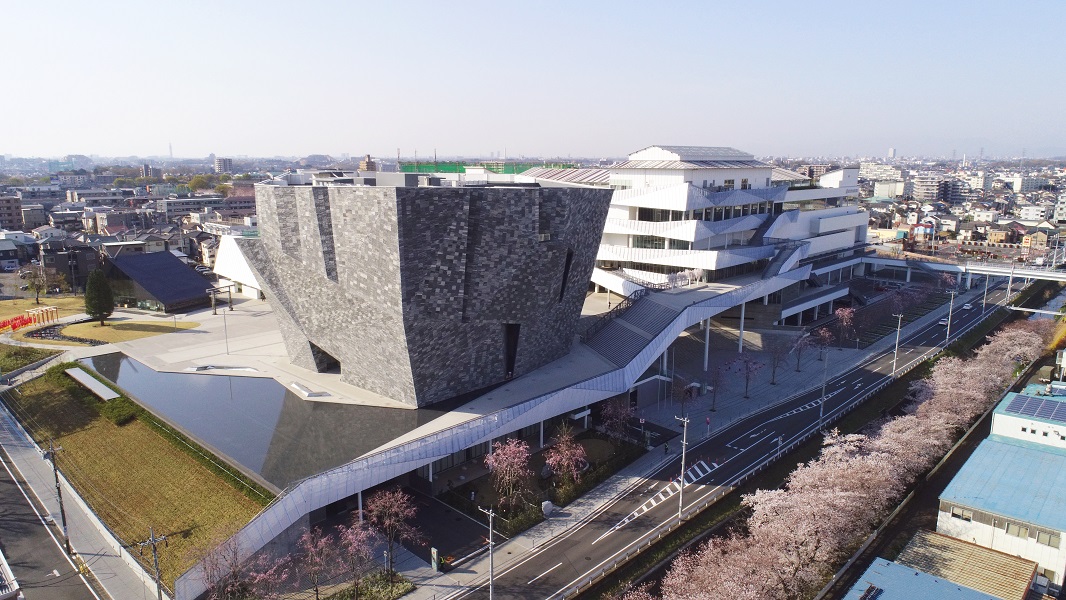
This facility is the center of the "Cool Japan Forest" Project, a joint project by KADOKAWA and Tokorozawa City to share the cutting-edge culture and industry born from an area of plentiful, beautiful nature. The facility has a library, art, natural history and anime museums, and a multipurpose hall to enjoy Japanese pop culture events. In addition, there are book manufacturing and distribution plants, offices, stores, restaurants, hands-on bookstores, shrines, and more!
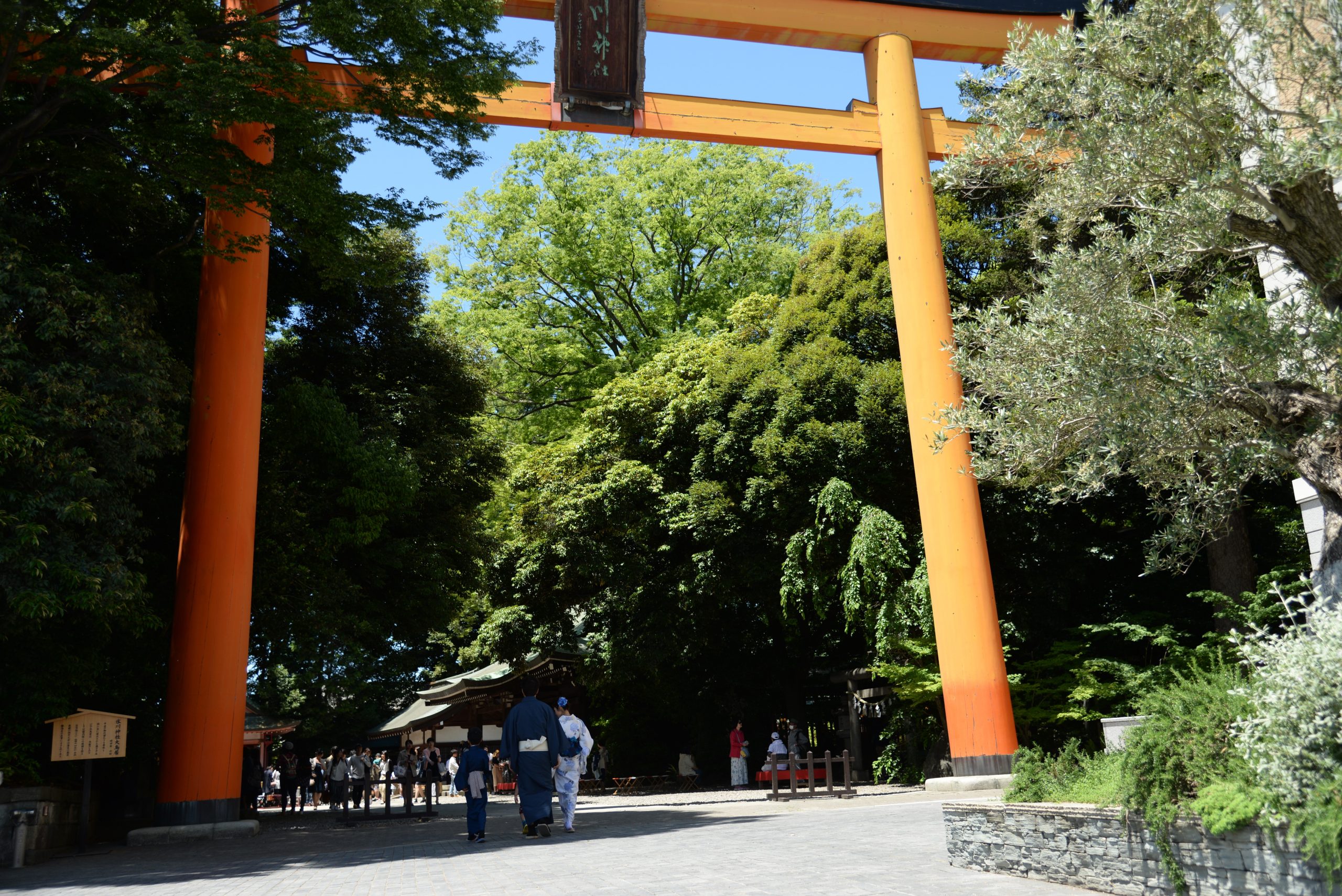
The history of Kawagoe Hikawa Shrine goes as far back as the reign of Emperor Kinmei in the 6th century, and is said to have started with the separation of worship practices by the Ōmiya Hikawa Shrine, a part of Musashi Ichinomiya, when the cultural practice of building burial mounds was passed on to them. When Ōta Dōkan built a castle thereafter, it was revered as a Sōja, a shrine enshrining several gods, of this location. Kawagoe Hikawa Shrine is familiarly called “Ohikawa-sama.”
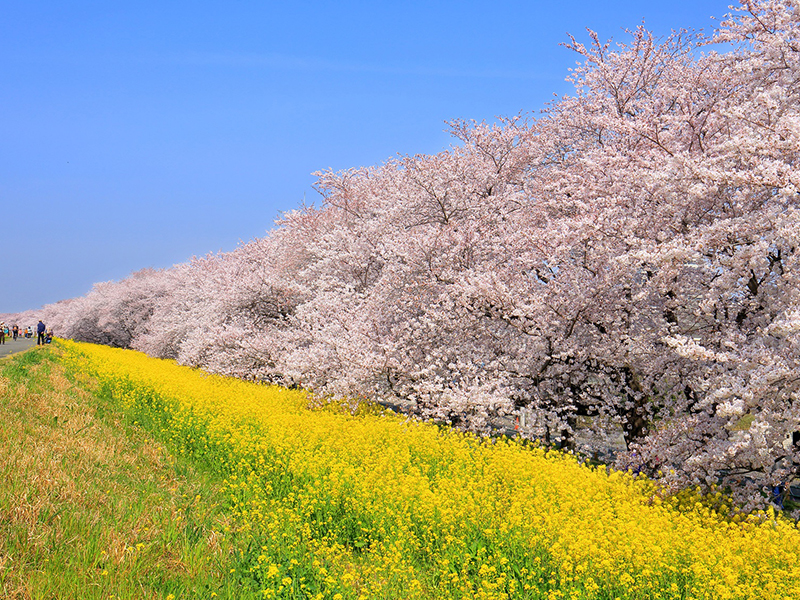
A famous cherry blossom spot since the Edo period (1603-1868) and one of Japan's Top 100 Cherry Blossom Spots chosen by the Japan Cherry Blossom Association. Around 500 Yoshino Cherry Blossom trees bloom in great splendor on a 2 meter stretch of the Arakawa riverbank. During the Kumagaya Cherry Blossom Festival held from late March to early April, revelers can also enjoy nighttime illuminated cherry blossoms.
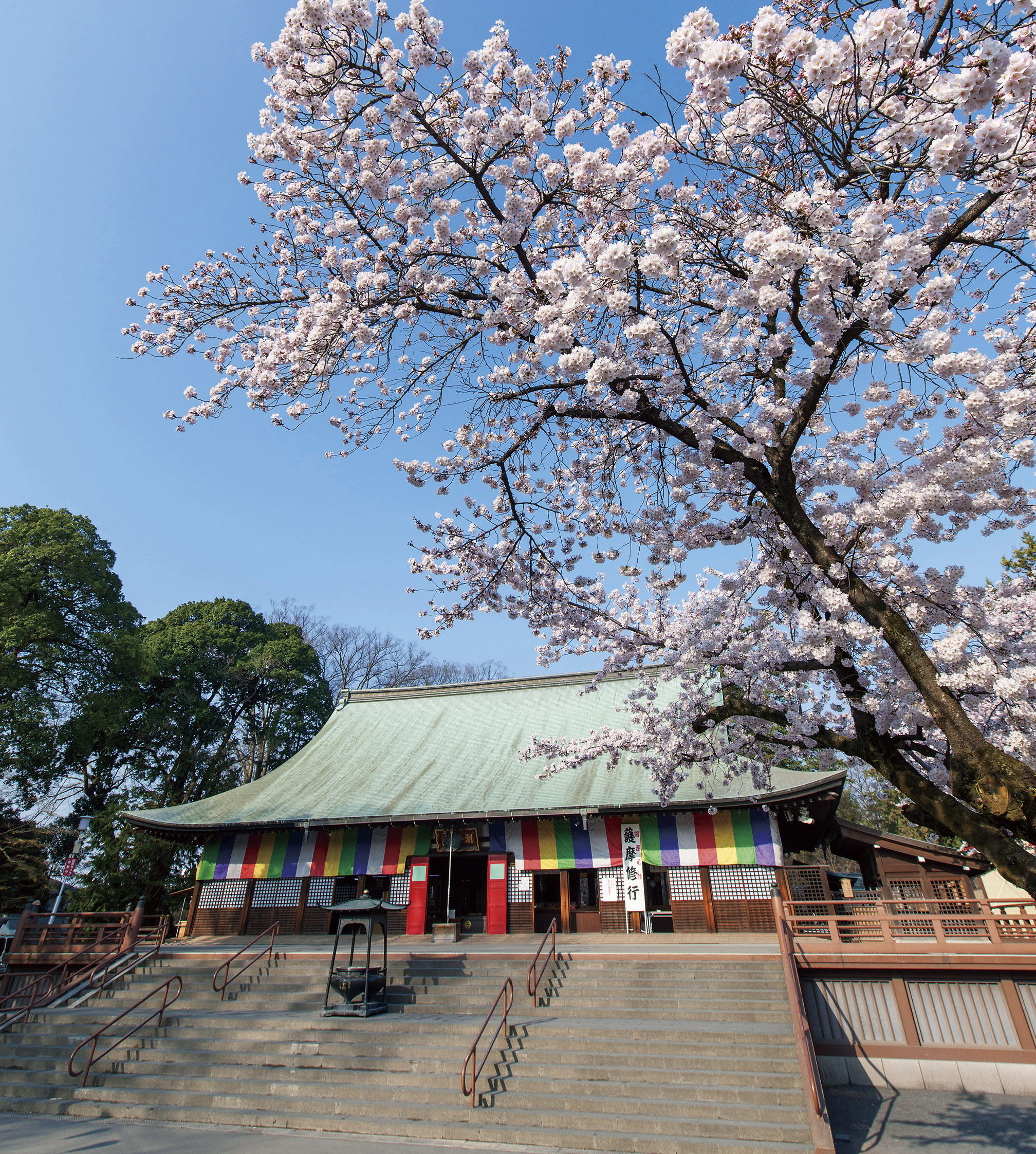
Kitain Temple thrived after the appointment of Sōjō Tenkai, entrusted by Ieyasu Tokugawa, in 1612. Most of the temple burnt down in Kawagoe's great fire in 1638, but was renovated during the Edo period by the third generation shogun Iemitsu, who transferred the "Iemitsu Birth Room" and "Kasuga Bunkachi Makeup Room" to the temple from the Edo castle. In addition, the entire area was designated as an important cultural property. One of Japan’s three major arhat, “Gohyakurakan”, can be seen here.
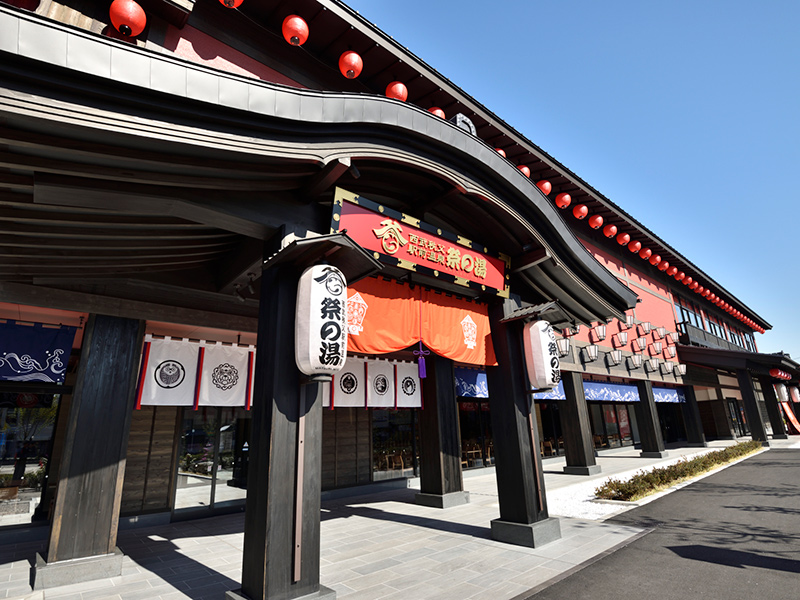
“Seibu Chichibu Ekimae Onsen Matsuri no Yu,” is a large combination hot spring facility based on Chichibu’s specialty, “Festivals.” The facility contains Matsuri no Yu, with four types of open-air baths, a highly concentrated artificial carbonated hot spring and six indoor baths (five for men) to enjoy. Additionally in this area, which takes pride in its rich variety of hot springs, there is a Japanese style food court and an area selling local products perfect as souvenirs, making this facility packed full of Chichibu’s local charm.
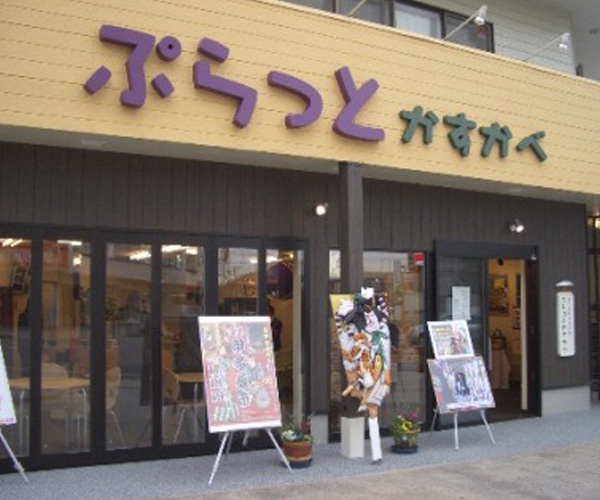
We offer tourist information and general information about the city. There is everything from displays of the original picture of “Crayon Shin-chan,” an animated character representing Kasukabe, to food for sale approved by the city’s “Food Selection." It is also registered as a “baby friendly station,” and families can use the station to change diapers and breastfeed here. Please feel free to stop by.
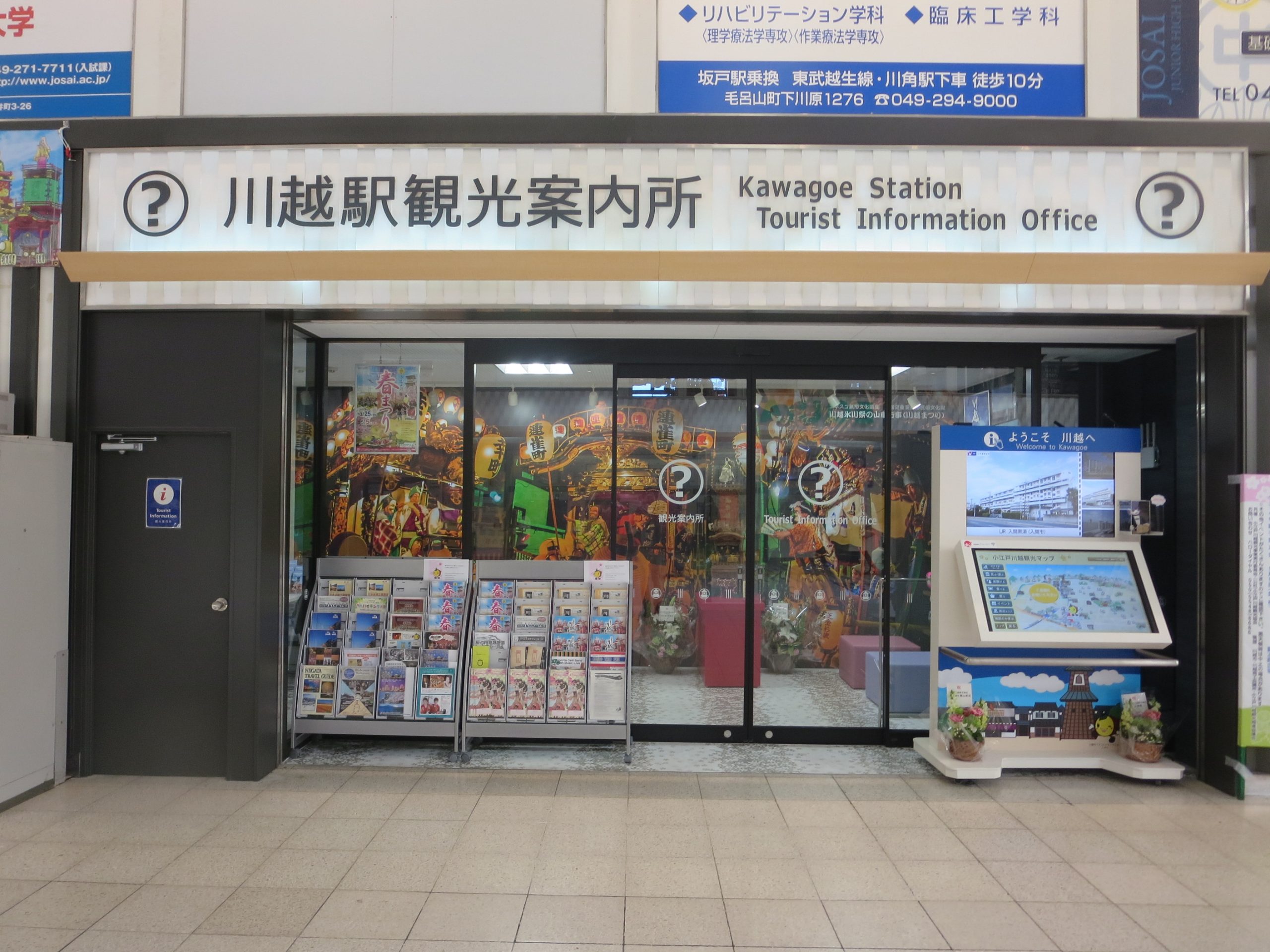
We offer tourist information and sightseeing brochures. We are conveniently located inside Kawagoe Station and can be used as a base for strolling around Kawagoe, with the Edo-style Kurazukuri Warehouse Street just a 15 minute walk away. Rental services for wheelchairs and baggage storage are also available (payment required).
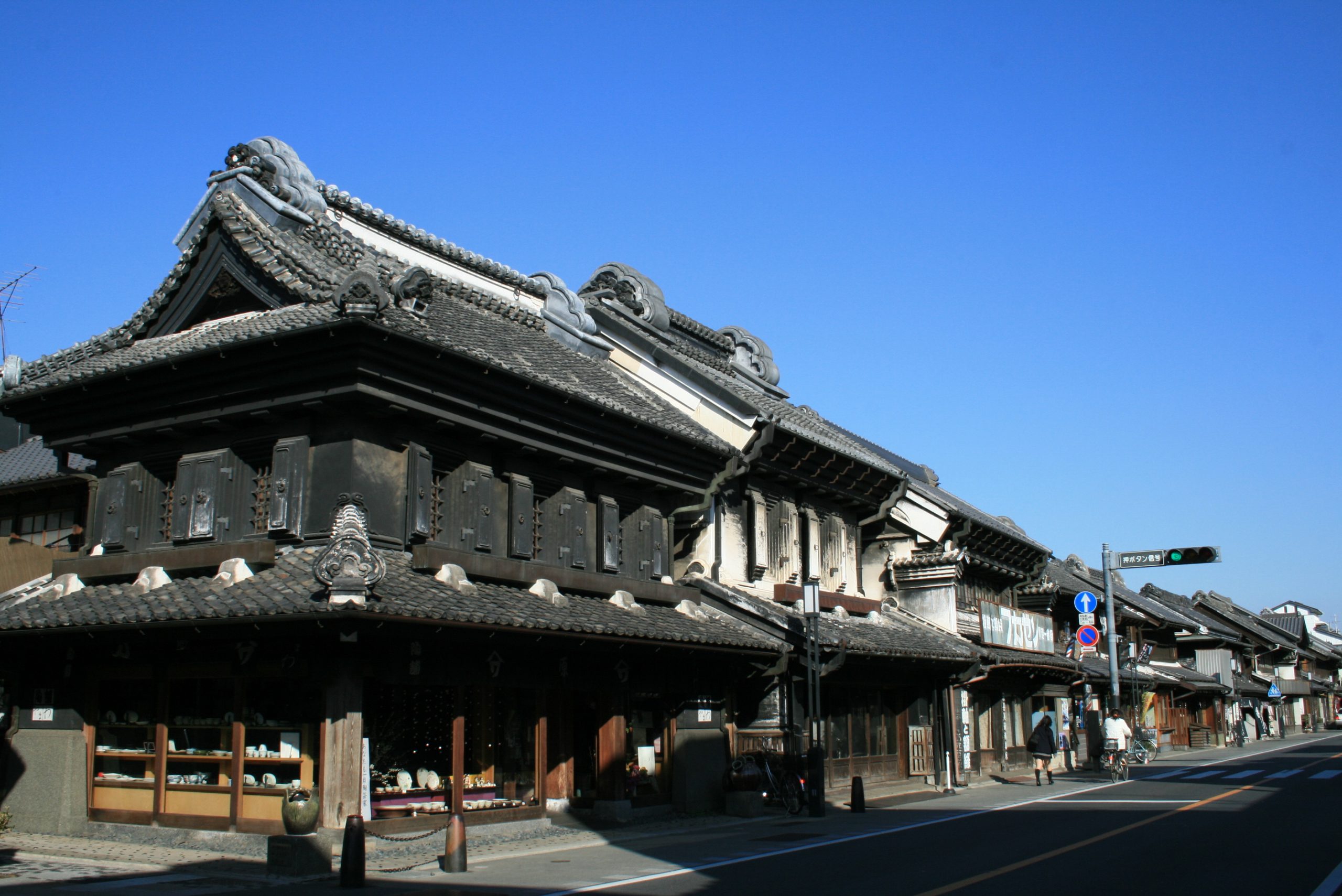
A townscape of “kurazukuri" traditional warehouses still remains in Kawagoe. The kurazukuri warehouses were cleverly built with fireproof architecture and developed as housing for the merchants of Edo. The warehouses retain an image of Edo that cannot be seen in modern day Tokyo. They were chosen as national “Important Preservation Districts for Groups of Traditional Buildings” in December of 1999 and were selected as one of “Japan’s 100 Beautiful Historical Environments” in January of 2007.
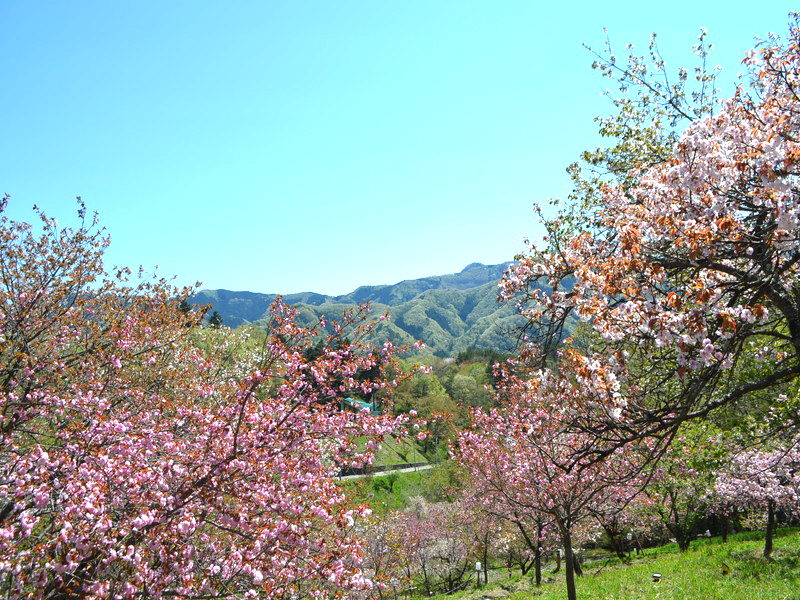
Kita-zakura Street is the tunnel of cherry blossoms, with about 400 cherry blossoms lining a 2.5 kilometer road that runs the length of the Arakawa river from Nagatoro Station to Takasago Bridge. The Sakura Passage is located at the foot of Mt. Hodo in Nagatoro Town. Here you can see about 500 cherry blossoms trees with more than 30 varieties of double cherry blossoms. During the flowering season, they are lit up with beautiful illuminations. The best time to see the flowers is from early April to mid-April on Kita-zakura Street and from mid-April to late April on the Sakura Passage.
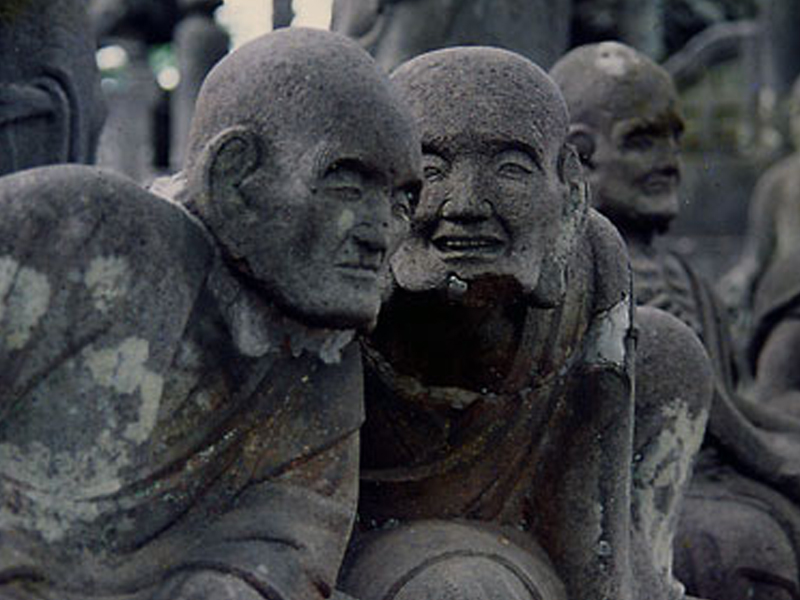
"Rakan," or "Arhat," is a Buddhist term signifying a spiritual practitioner, or high priest, who has attained enlightenment. The 500 Rakan of the Kitain Temple are one of Japan's three great Rakan and took 50 years to complete. The 538 stone statues are famous for expressing a wide range of human emotions and for each having a unique action. According to legend, if you visit at night and touch the heads of the statues, only one will be warm, and it is said that this statue's face resembles the sculptor's deceased parent.
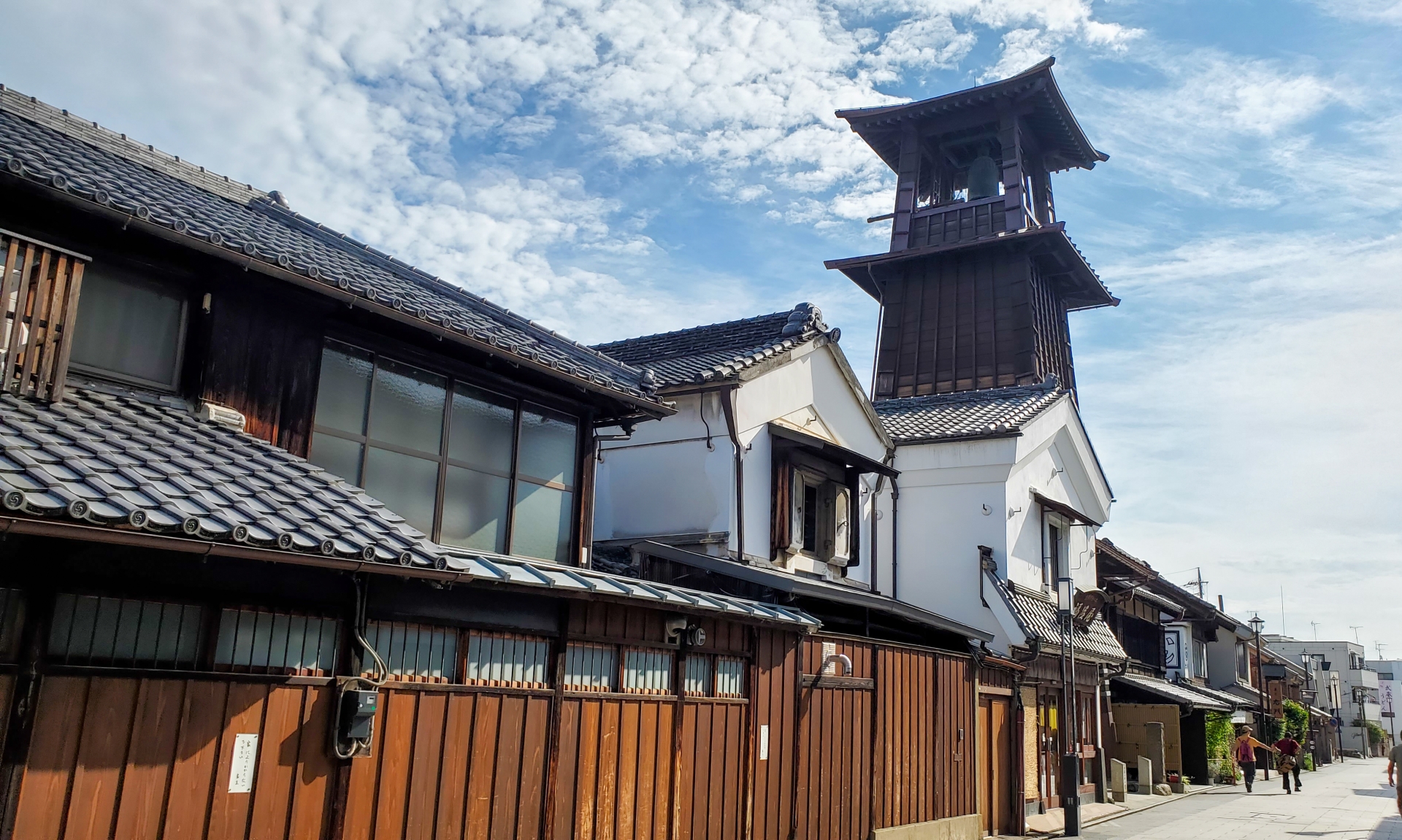
Toki no Kane is said to have been first built in the Castletown Tagachō during the Kan’ei era (1624-1644) by the lord of Kawagoe Castle, Sakai Tadakatsu. The current bell tower was rebuilt the year following Kawagoe’s great fire in 1893, and is a three-story tower with a height of about 16 meters. It is a symbol of Kawagoe and denotes that “time” is indispensable for daily life. As of today, the bell rings four times a day (6 am, noon, 3 pm, and 6 pm).
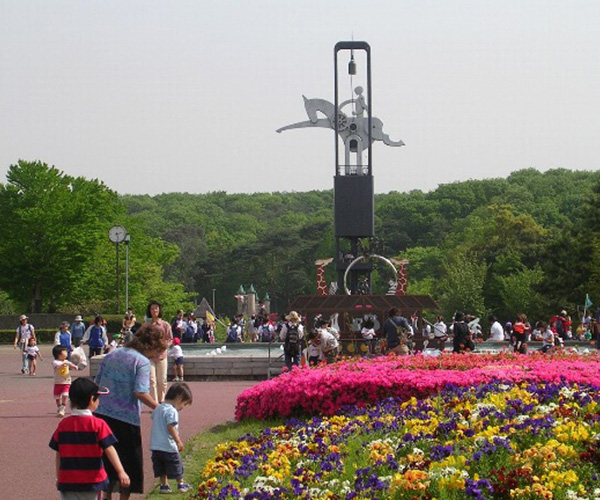
Sprawling out over the Hiki Hills, this 46-hectare site is home to popular animals such as giraffes, red pandas, and koalas, as well as an ecological park dedicated to Humboldt penguins, Penguin Hills. Also adjacent to the park are a walking trail and cross-country course. The zoo is the only place in Japan where visitors can see the small rodent, gundi, at the "Eco Houchoo" (Eco-friendly mouse house), the rabbit-like yellow-spotted rock hyrax, the world's smallest deer, pudu, and the quokka, which joined the zoo to commemorate its 40th anniversary. The Capybara Hot Springs, a winter tradition, is also very popular.
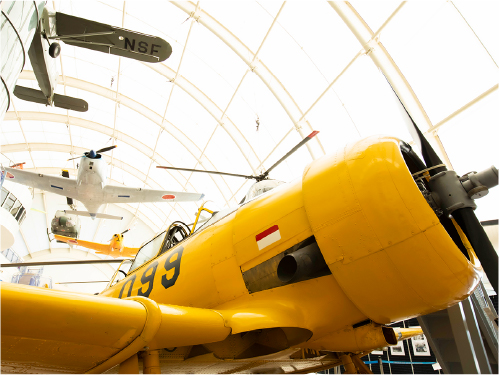
At this memorial museum, materials related to the history of aviation are displayed alongside actual airplanes. Visitors can learn about the principles of flight and aviation history from a variety of angles through flight simulators and helicopter piloting simulators! The many airplanes and helicopters displayed throughout the museum are a must-see. A special place to experience the wide-open skies and the history of flight in Tokorozawa. Aircraft craft workshops for families are also held regularly.
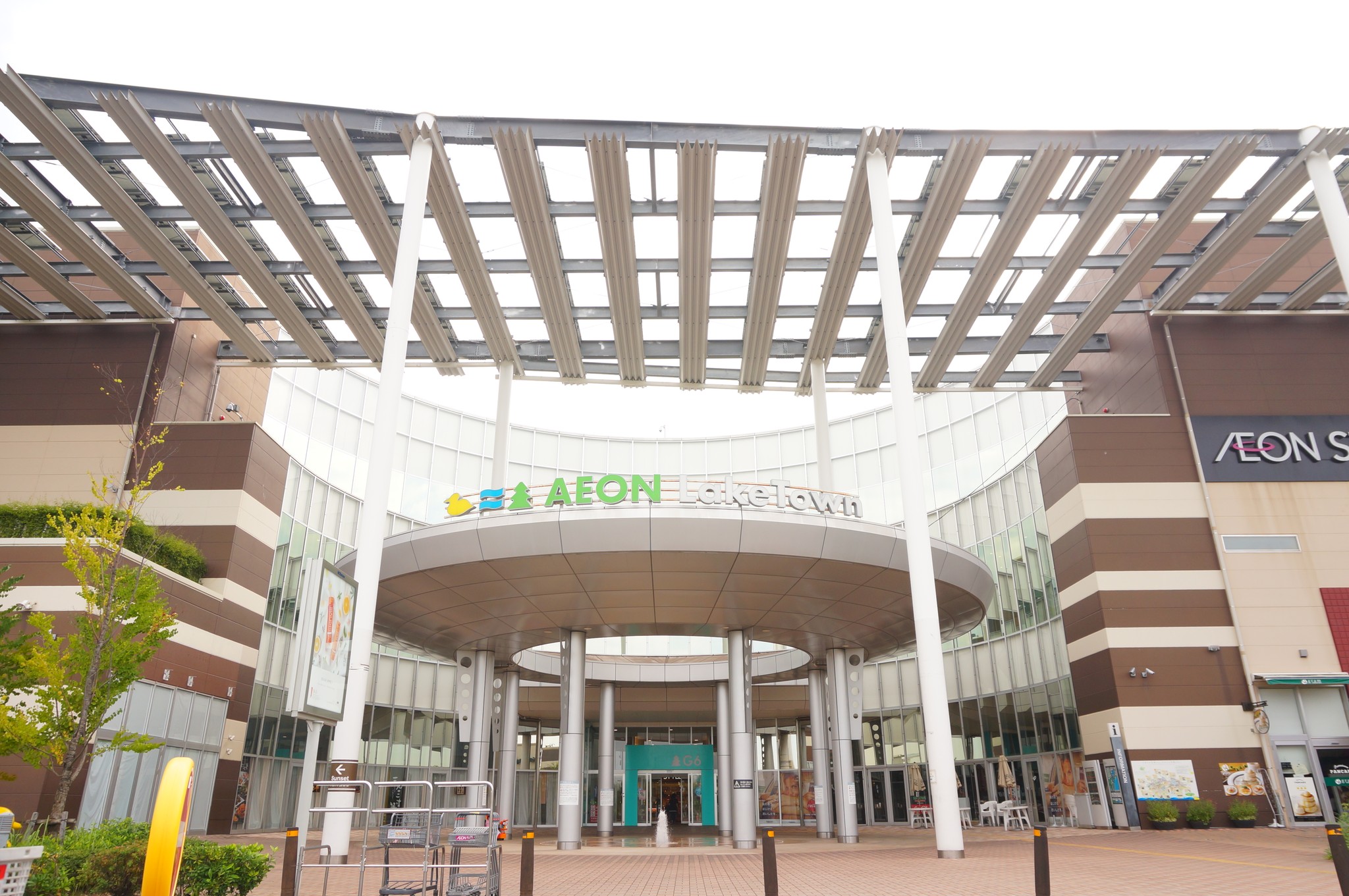
AEON Lake Town is one of the largest shopping malls in Japan, with over 700 specialty shops and Aeon Style grocery store located in three buildings: kaze, mori and outlet.
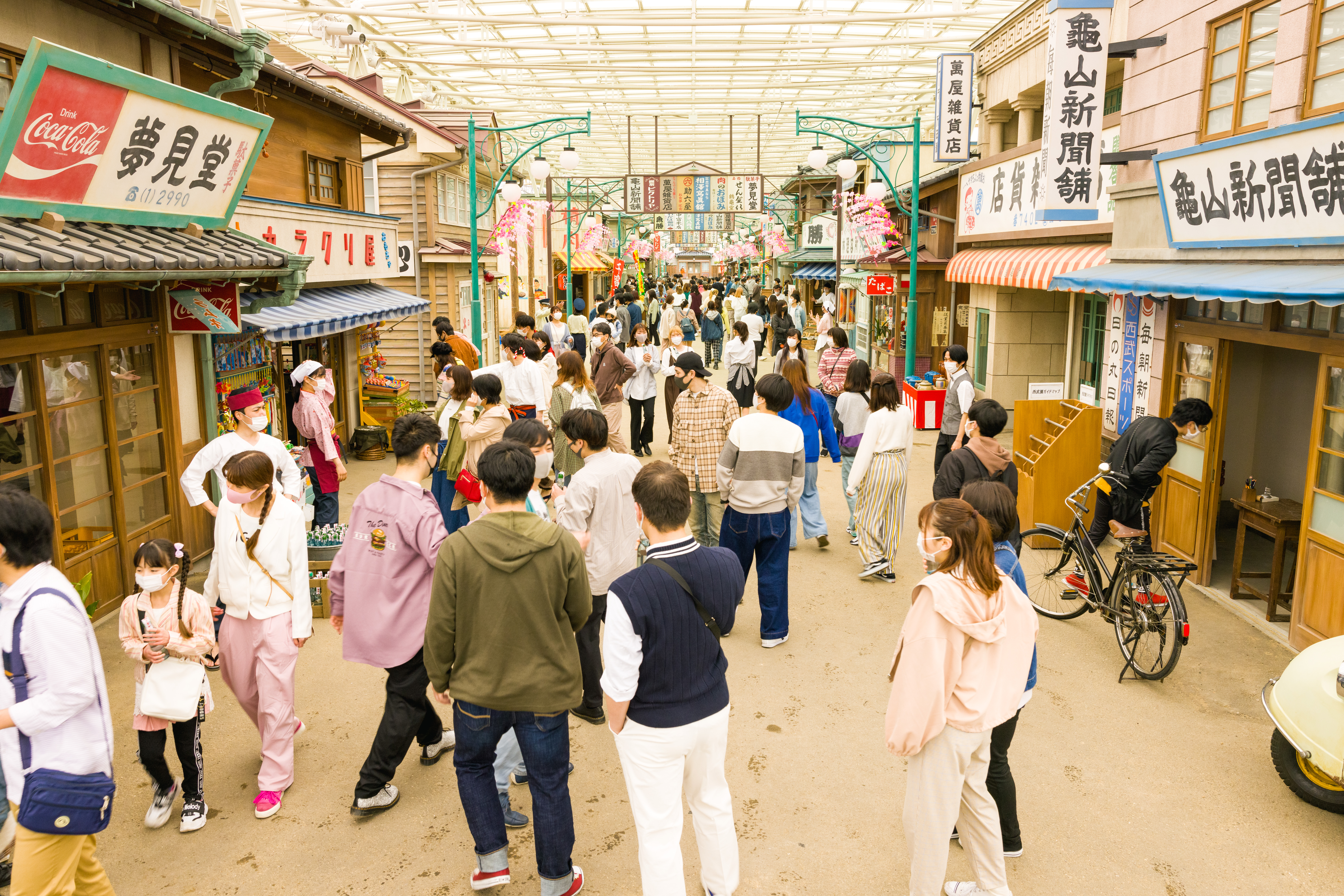
Newly reopened in 2021 with the concept: "A heart-warming world nestled in happiness." Find yourself in a world of wonder with high-quality replicas of retro townscapes, interactions with townspeople and spontaneous live performances, and delicious nostalgic foods. There are also new and exciting immersive light-up attractions for you to enjoy!
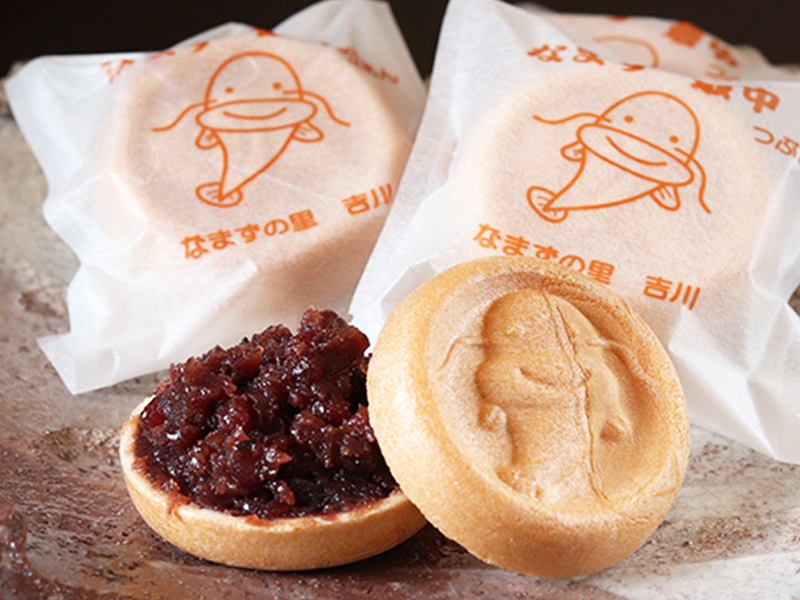
A well-established Japanese sweets shop in Yoshikawa City that has been in business for 60 years. It was relocated to behind Yoshikawa Shrine and reopened in 2019. The famous "Namazu Manju," made from homemade red bean paste cooked with a rare attention to detail, makes for a perfect souvenir. We also recommend the "Namazu Monaka" to compare the taste of smooth and coarse red bean paste, and the dango (rice flour dumplings) made fresh to order.
This site uses cookies to improve the user experience. If you continue to browse, you consent to the use of cookies on this site. Accept
CONTACT
